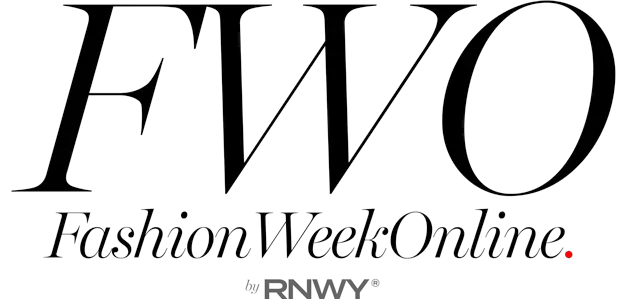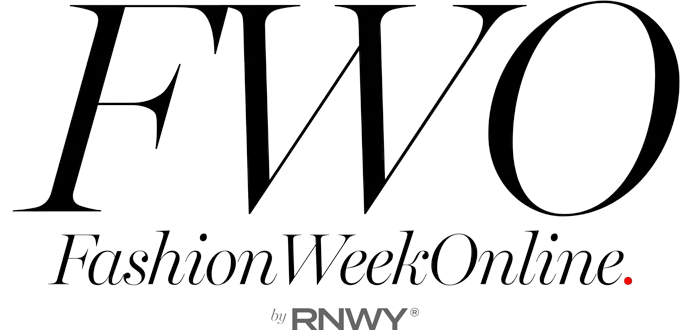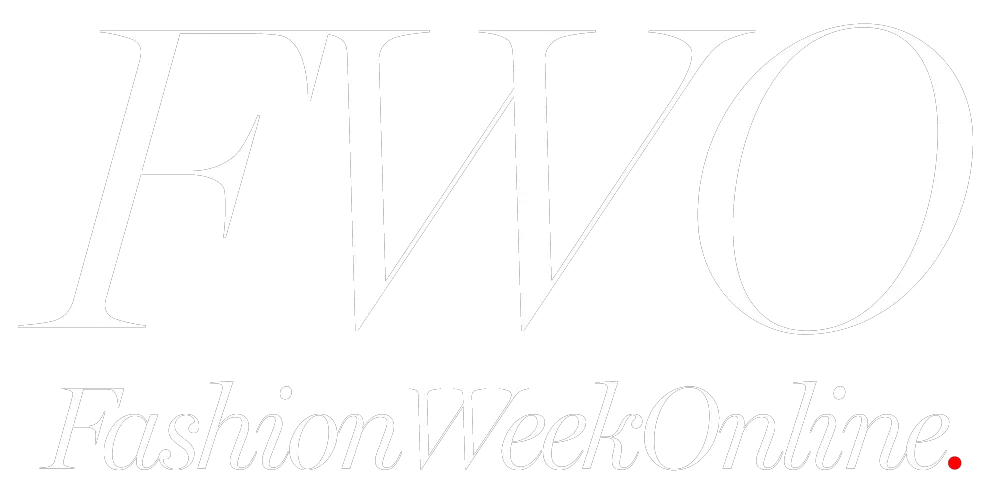Do you want to create a fashion app that stands out in the modern market? We are here to help! The thing you need is to build a feature-rich platform that caters to user needs and maintains a smooth user experience. This strategy has allowed many successful fashion apps to grow, capture a loyal customer base, and generate consistent revenue.
If you are still unsure about whether to develop your fashion app, check out the statistics that demonstrate the most downloaded fashion app in 2023. In this article, we will discuss the fashion app types, benefits, and steps to create such an application. We will also cover different tech stacks with which you can choose to develop the app. Read on to figure out all aspects of the fashion app development process!
3 Main Types of Fashion Apps You Can Create
Fashion apps generally fall into three main types, and each caters to different user needs. E-commerce-focused apps, like Zara and ASOS, tend to optimize the shopping experience and offer intuitive browsing. Fashion discovery apps, like LIKEtoKNOW.it, connect users with influencers and the latest fashion trends. Personalized wardrobe assistants, like Finery, help users organize their wardrobes and provide outfit suggestions based on their style preferences.
Now let’s talk about these types in more detail:
1. E-commerce-focused apps
E-commerce-focused fashion apps are designed to provide seamless online shopping experiences for fashion lovers. These apps focus heavily on user convenience and offer intuitive interfaces for browsing, secure payment options, and trend updates. One of the standout features of e-commerce apps is their ability to integrate personalized recommendations based on user behaviour and make sure that shoppers discover products relevant to their tastes.
In addition to product discovery, these apps emphasize secure payment gateways, multi-currency support, and options for fast checkout, which boost user trust and retention. Features like order tracking, in-app customer support, and return management further elevate the shopping experience.
2. Fashion discovery apps
Fashion discovery apps focus on helping users figure out the latest trends, connect with influencers, and find fashion inspiration in an interactive, social environment. These apps go beyond simple shopping experiences because they combine social media and e-commerce elements that allow users to browse curated collections, follow fashion influencers, and even shop directly from looks they admire.
One of the key advantages of these apps is their ability to offer personalized discovery paths based on user preferences and the influencers they follow. These apps integrate shoppable content from social media and, therefore, create an engaging, immersive experience that encourages exploration and trend adoption. For businesses, this type of app can build strong customer loyalty.
3. Personalized fashion and wardrobe assistants
Personalized fashion and wardrobe assistant apps are designed to help users manage their wardrobes and make more informed fashion choices. These apps typically allow users to digitize their clothing collections by uploading photos of their items, which the app then categorizes and organizes. Based on these digital wardrobes, the app provides outfit suggestions personalized to the user’s preferences, upcoming events, and even the weather forecast.
One of the major benefits of these apps is their ability to reduce decision fatigue because they offer daily outfit recommendations, which can make users always look stylish without the hassle of picking out clothes.
Additionally, some apps integrate shopping features and suggest items to fill gaps in the user’s wardrobe, which makes them a one-stop solution for both organization and style enhancement. For fashion enthusiasts, wardrobe assistant apps can make daily dressing easier as well as encourage thoughtful, sustainable fashion choices.
8 Main Steps to Build a Fashion App
Whether you’re creating an e-commerce platform, a fashion discovery tool, or a personalized wardrobe assistant, you have to follow key steps that will guide you through the development process. Each step plays its role in shaping the app’sfunctionality, user experience, and overall appeal in a competitive market.
Step 1: Define the core features and goals of your app
Firstly, you need to define the core features and goals of your fashion app. Identify your target audience—find out their needs, preferences, and pain points that will guide your feature set and help personalize the app’s functionalities. Think about whether you are targeting fashion enthusiasts, casual shoppers, or influencers. Each group will have different expectations from your app, from personalized shopping experiences to seamless social media integration.
Next, establish your unique selling proposition (USP). What will set your app apart in a crowded marketplace? Whether it’s an intuitive shopping experience, real-time fashion trends, or personalized wardrobe management, your USP should resonate with your target audience and provide value they can’t find elsewhere.
Step 2: Design the User Interface (UI) and User Experience (UX)
Design the User Interface (UI) and User Experience (UX). The design should prioritize aesthetic appeal and intuitive navigation to guarantee users engage with the app effortlessly. In fashion apps, visual presentation is key—users expect a sleek, modern design that reflects the stylish nature of the content.
We recommend you work on best practices for mobile design. That is the responsive layout, easily interactive buttons, and treated content for seamless interaction across all devices. Crystal clear typography, good quality photos, and a consistent brand will help trust blossom, therefore retaining users’ attention.
Intuitive navigation should be furthered so that users can browse through and consequently search and filter products with ease. Incorporate smooth transitions, clear calls-to-action, and minimalist design elements to help create a professional-looking interface.
Step 3: Develop the back-end infrastructure
Development of a strong back-end infrastructure includes the management of user data, support of app functionality, and secure transactions. To handle the core functionalities effectively, secure cloud hosting is a must. Cloud platforms like AWS, Google Cloud, or Microsoft Azure offer robust solutions when you need to host your app; they provide scalability, security, and reliable uptime.
Moreover, take into account database management. Fashion apps often require databases to manage large amounts of user data, product catalogues, and transaction histories. Solutions like PostgreSQL or MongoDB are popular choices that offer both relational and NoSQL options, which depend on the app’s needs.
Also, make sure that sensitive data, such as payment and personal information, is secured. Use encryption methods, authentication protocols, and regular backups.
Step 4: Decide on the platform you want to develop for
After the back-end infrastructure, you have to decide which platform to develop your fashion app for. It’s important to consider the audience and technical aspects of each option: iOS, Android, or cross-platform development.
If you develop for iOS, you will target Apple’s user base, which is known for its higher spending on apps and in-app purchases. The closed ecosystem of iOS guarantees a more uniform user experience and smoother development process, but it can limit customization.
On the other hand, Android dominates the global market, particularly in regions with diverse income levels. Android offers more customization, but development can be more complex due to the wide range of devices and operating system versions. If you are interested in the Android option, check out what Android app development services you can use to create the best version of the fashion app.
Alternatively, cross-platform development lets you build a single app that works on both iOS and Android. This approach can save time and costs but may not fully optimize the user experience for each platform.
Ultimately, the choice depends on your budget, timeline, and the audience you want to reach.
Step 5: Develop the mobile app
The development process involves coding the app based on the tech stack you’ve chosen. If you develop for iOS, languages like Swift or Objective-C are optimal, while Kotlin or Java are recommended for Android. We recommend reading about factors that influence Android app development costs to be aware of possible pitfalls and benefits when you choose between iOS and Android.
For cross-platform apps, tools like React Native or Flutter allow you to build a single codebase that works on both platforms, which can save time and resources.
During development, integrate the front-end design with the back-end infrastructure. It should not compromise on performance, providing all the key features: user authentication, product listing, and forms of payment safely. In the process of development, it can integrate third-party integrations for inducting frameworks and libraries to speed up the process and make it more functional.
Step 6: Conduct testing and quality assurance
Conduct thorough testing and quality assurance to guarantee that your fashion app functions smoothly across a wide range of devices and scenarios. This will also help you figure out the bugs or performance issues on various mobile platforms, screen sizes, and operating systems. We recommend using tools like Appium or TestFlight for the same, which may help in simulating real-world usage conditions of how your app is going to behave on a particular device and will make sure to provide consistency to each and every user.
Use user feedback loops during this phase too. Involve a group of beta testers or early adopters who can provide valuable insights pertaining to the usage of an app in real life. Consequently, this may point out several usability issues or unexpected bugs that were not noted during the initial tests. In addition, automated testing can accelerate the process.
Step 7: Launch and market the app
Once your fashion app is fully developed and tested, the next step is to launch and market it. To begin, make sure thatyour app is fully optimized for the app stores through App Store Optimization (ASO). ASO means to use relevant keywords, a compelling app title, high-quality screenshots, and an engaging description to help your app rank higher in search results. Well-optimized app listings increase your visibility and lead to more installs from users.
In addition to ASO, a solid user acquisition strategy is key. Utilize social media platforms, influencer partnerships, and paid ads to drive traffic to your app. Consider special launch promotions, such as discounts or exclusive collections, to attract early users. Collaborate with fashion bloggers or influencers to boost credibility and visibility.
Step 8: Monitor and update your app
After you launch your fashion app, the work doesn’t stop—you need to keep an eye on the app to update it when necessary. Actively collect user feedback to identify areas for improvement. These can be reviews, ratings, or internal surveys that give you a direct idea of how users interact with your app.
Regularly check user feedback to address any pain points quickly and improve the overall user experience. Besides this feedback, you can use analytics to observe the pattern of user behaviour, such as what users like or exactly when they leave the app. Analytics data will shed light on where optimizations could be made and will, in turn, inform future development decisions. Key metrics, such as user retention rates, time spent in-app, and general level of engagement, should be monitored to make sure that your app meets your business objectives.
Also, remember to release feature enhancements. This might be because the new features incorporate user suggestions, improve the existing ones, or update them with the latest trends and technologies. Regular improvements will make your app relevant and enable users to notice that you are committed to improving their experience.
Why Fashion Apps are Profitable
Fashion applications became one of the most rewarding businesses because they kept users engaged and cashed in on most monetization strategies. Fashion applications provide personalized and effortless shopping, supplying the fashion brand with an interested audience for style inspiration and instant access to products. High user engagement combined with extensive revenue streams has gradually made fashion applications a powerful tool in mobile commerce.
Among the major reasons is how user benefits lead to increased engagement and retention: Fashion apps keep users recurring through personalized recommendations, loyalty programs, and real-time notifications about new collections or discounts. They provide adapted experiences based on user preferences for creating deeper connections with their customers, which ultimately increases repeat purchases and long-term loyalty – as provided by apps like Zara and ASOS.
On top of that, monetization strategies such as in-app purchases, ads, and affiliate marketing further raise revenue. In-app purchases allow users to buy items directly within the app, while affiliate links generate commissions from partnered fashion brands. Ads, when integrated seamlessly, offer another revenue stream that does not disrupt the user experience.
These strategies, combined with effective user retention, make fashion apps highly profitable for businesses.
Final Words
When you decide to build a fashion app, you will be required to carefully plan, and thoughtfully design your app, and focus on user experience. You will benefit from fashion apps due to their ability to engage users and use various monetization strategies. So, follow these steps and focus on the delivery of a seamless and personalized experience to stand out in this market!
##





